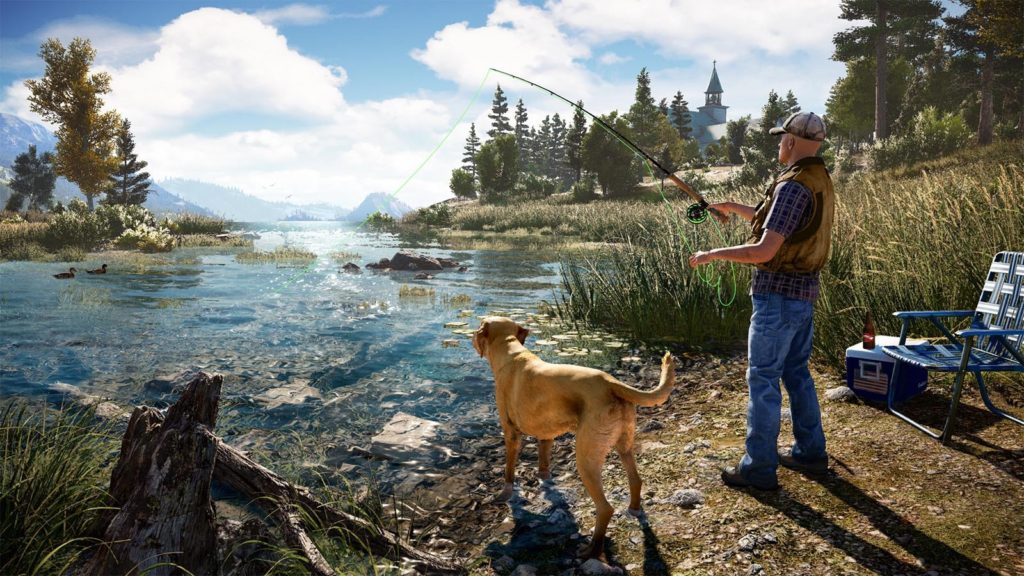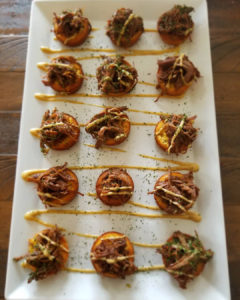 Chef Diva/Chelsea Elizabeth
Chef Diva/Chelsea Elizabeth
Owner/Head Chef of Chef Diva by Chelsea Elizabeth, LLC
www.chefdivabychelseaelizabeth.com
Instagram/Facebook
TrunkSpace: When and why did you start cooking and who has been the biggest influence in your life with regards to your culinary journey?
Chef Diva: I’ve been cooking since I can remember. I was always that creative kid in the kitchen. My parents let me do me as long as I cleaned up after myself. I was also a very picky eater and the best way to satisfy myself was to create what I liked. My Nana was definitely my biggest influence, because she was just as picky as me when it came to food. (Laughter) When I would visit she would let me be in the kitchen with her and oversee everything. I loved her food. I was the only one that she ever shared her recipes with. I still use many of them to this day.
TrunkSpace: What style of cuisine do you enjoy creating the most and why? And what would you consider your signature dish?
Chef Diva: I love creating a mash-up of southern/soul food with Caribbean and Asian influences. As far as a signature dish, that’s tough. I make more macaroni and cheese than any human could ever imagine. It is always a crowd favorite. However, my jerk chicken spring rolls are very labor intensive but ordered all the time.
TrunkSpace: It’s been said that food is the gateway into a culture, that it identifies a history, family and a region. What do you feel your food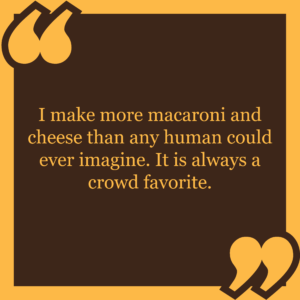 says about your culture and history?
says about your culture and history?
Chef Diva: My food is the realest representation of my life. It’s all over the place but it works. My family is originally from the south so that influence is automatically in my DNA. Soul food is literally about cooking from the heart. You just know what works. I grew up in Brooklyn, NY which has a heavy West Indian population, so that’s where I received my introduction to Caribbean cuisine. I was hooked from my first chicken roti. My husband’s family comes from Barbados and Trinidad, so I quickly had to learn to make all his favorites. Much like I did with my grandmother, watching her in the kitchen, I did the same with my mother-in-law. She taught me the basics of Caribbean cooking, and I took it from there. On top of that I’ve studied and have had many extended trips to multiple countries in Asia, Europe and the Caribbean. I love to travel. I try to take cooking classes in every country I visit. The learning never stops. I’m obsessed with Asian spices and they work so well with soul food and Caribbean food.
TrunkSpace: Every cook and or chef has a really bad service, and it haunts them, but they grow and learn from it. Do you have a worst service memory that keeps you up at night? And how did it change you as a chef?
Chef Diva: Knock on wood but I’ve been pretty lucky in my professional cooking life. I had a few disasters in culinary school that got me straight for life. I’m a true believer in that quote, “Proper preparation prevents poor performance.” Also, being in catering and private chef work, I don’t have the same pressures as being in a restaurant. If I must come up with something, then I do remember catering a BBQ in the Hamptons a few years back. I was using the client’s grill and it ran out of fuel. I’m used to always barbecuing with charcoal, so I didn’t even notice right away. I was standing in 90 degree heat trying to figure out why the Papaya Shrimp Skewers weren’t cooking. Needless to say, they wound up having to be finished in the oven. Not quite grilled, but still tasted fabulous.
TrunkSpace: On the flipside of that, do you have a particular memory of your best service or a moment in your career that really stood out and has stuck with you?
Chef Diva: YES! I was catering a memorial in Manhattan for about 300 people. It was a real mix of socialites, politicians and big business folks. I was ready to show out and that I did. My staff was on point and everything was flowing seamlessly. I always make extra food but in this case every morsel of food was gone. I was being sought out from my hiding spot (watching people eat my food always gives me anxiety) because everyone wanted to know who made the delicious food. It felt good to be recognized for my work in such a historic venue with all of these amazing people that I usually see on TV or in the newspaper. Many of them are still my repeat clients to this day.
TrunkSpace: Do you have a set path in mind for your career and where it’s going? Where do you see yourself 10 years down the road?
Chef Diva: In addition to being a chef, I am also an event planner. I’ve co-owned Kelly Greene Events for the last six years. With that being said, my ultimate goal is to own and operate my own catering hall. That is really the culmination of both of my worlds. Food and parties.
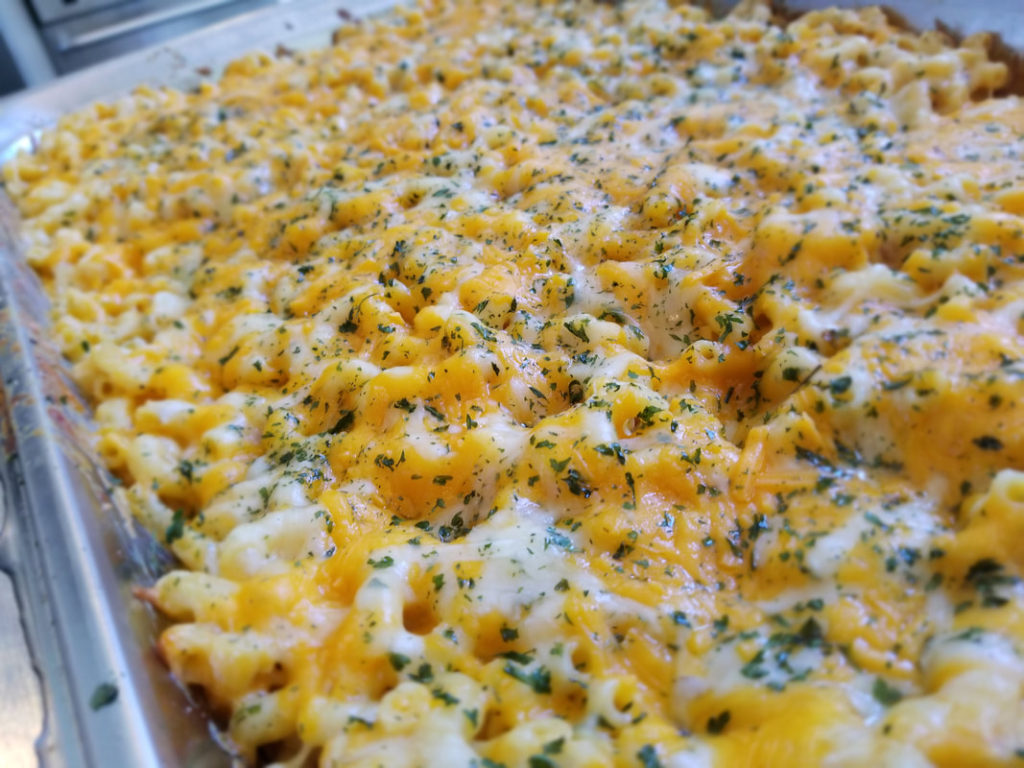
TrunkSpace: With the advancement of technology in the past years, food has also advanced in many ways. Has it changed the way you cook at all?
Chef Diva: Nope. I’m old fashioned. I don’t like to rush my food.
TrunkSpace: Your web-series “Delightfully DIVAlicious” is out now. Can you tell us a bit about that and what to expect from the show?
Chef Diva: I recently had weight-loss surgery so the show is really diving into my health journey. I talk about the changes in my life since making the decision to live, literally. I will also be featuring many new healthier recipes for folks to follow along and make at home.
TrunkSpace: We love that even though you are a classically-trained chef, you bring a lot of personality and spice to your approach on food and life. It’s very refreshing to see! Which, in a punny way, leads us to ask you about your spice blends that are also available now. Can you give us a dash of info on those?
Chef Diva: My new Diva Blends are the bomb.com. People have always asked what I put in my food, well this is it. I marinate everything, because I hate dry food. I season everything because I hate flavorless food. It’s my way of giving you a piece of Chef Diva at home. I’ve recently launched the first three – Gimme That Garlicky Diva, Sweet and Savory Diva Marinade, and Tastes Like Summer Marinade. There is more to come so stay tuned. They are all currently for sale exclusively on my web, www.chefdivabychelseaelizabeth.com.
TrunkSpace: For those home cooks out there or perhaps the aspiring chefs, if you could give them one tip on cooking, what would it be?
Chef Diva: Three things: 1.) I always say, “I don’t make pretty food. I make good food.” Some chefs get so bogged down with how their dish looks, and it tastes like crap. Make sure your food tastes good first and then worry about the presentation. 2.) Be thoughtful. You are putting this stuff in the human body, so be thoughtful with what foods you cook, spices you use, and preparation style. 3.) Be fearless. Try a combination of spices that might seem odd. You may be surprised with what you come up with. If it tastes bad, then try something else. Keep going and do what feels and tastes right to you.
TrunkSpace: If someone offered you a blank check to open your own restaurant, whether that would be a brick and mortar, food truck or gastropub, what would your vision be? Where would it be located and what type of food would you focus on?
Chef Diva: I’ve thought about this so many times. It would be a tapas bar. The twist is instead of it being Spanish tapas, it would be Chef Diva Caribbean/Soul Tapas. Small tasty bites of yummy goodness. It would be located in New York, either the city or the Hudson Valley, where I currently reside.



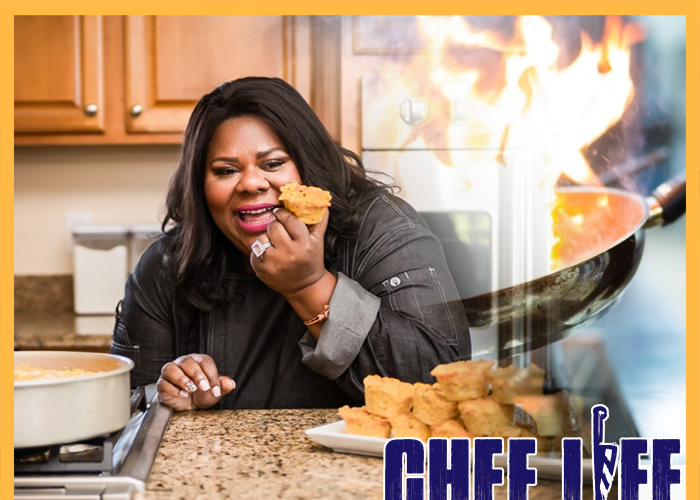
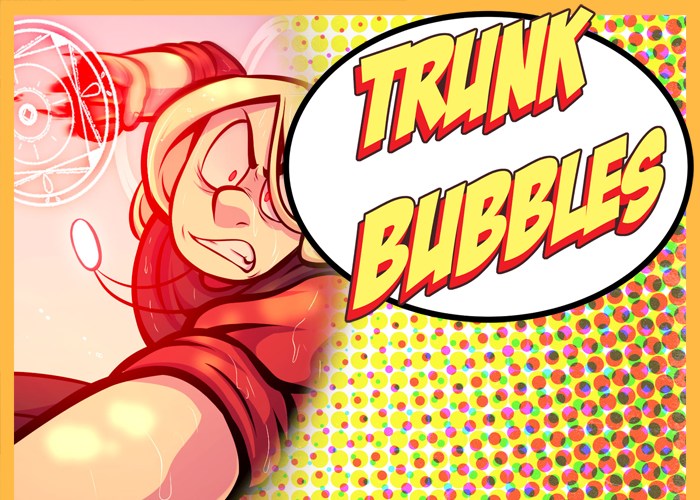
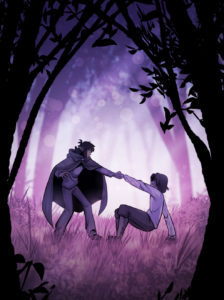 Name: Star Prichard
Name: Star Prichard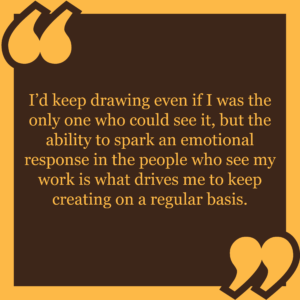
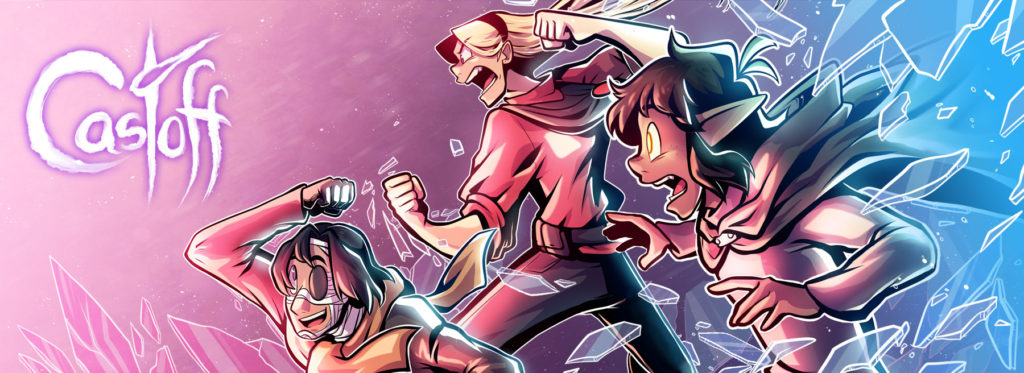
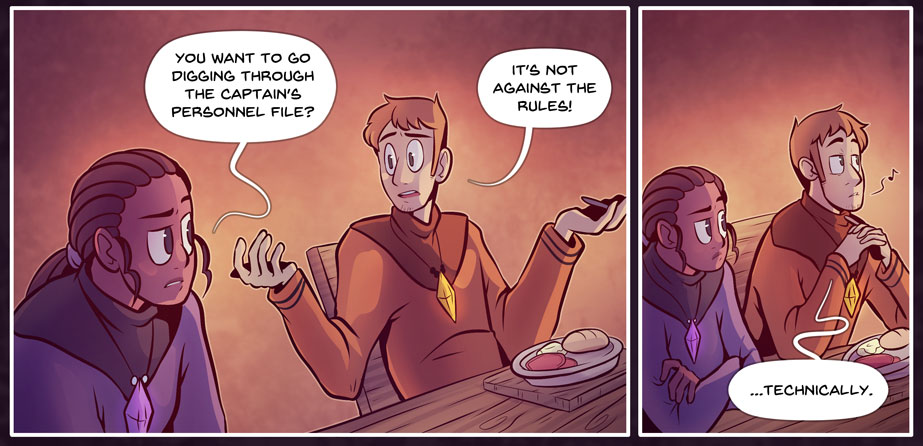


 differently, had I known he was going in this direction?”
differently, had I known he was going in this direction?”
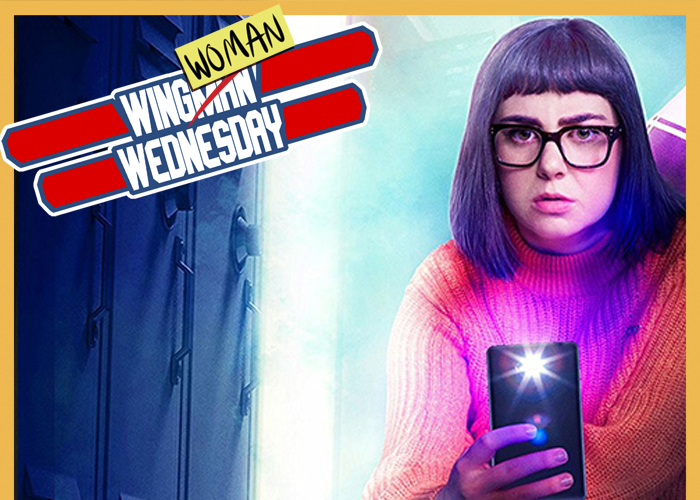

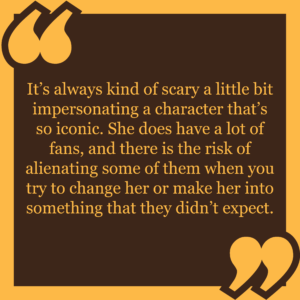
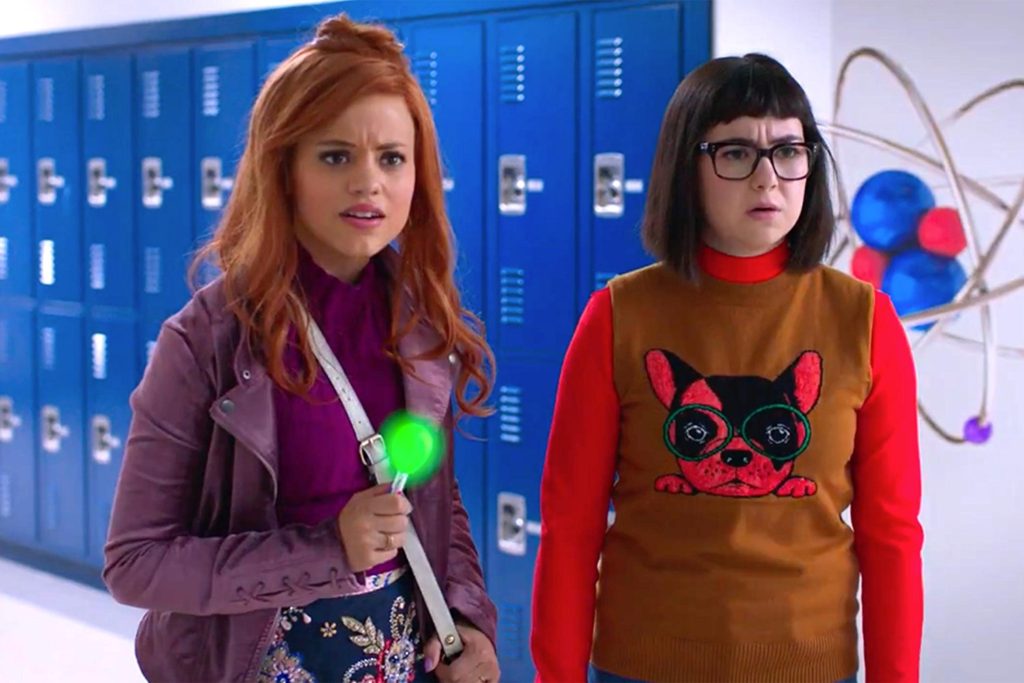
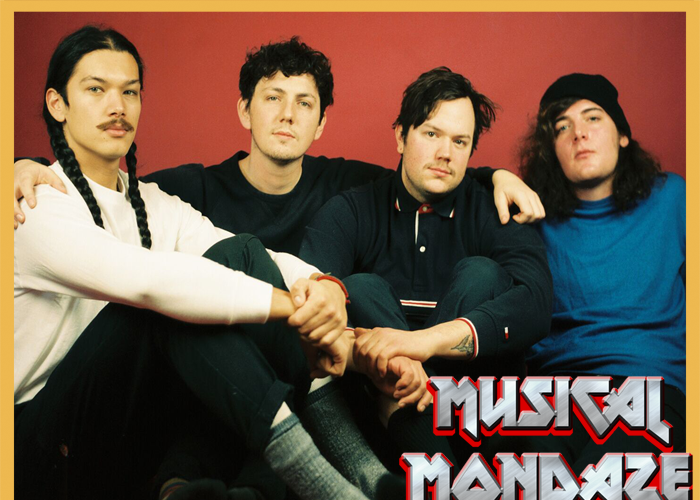
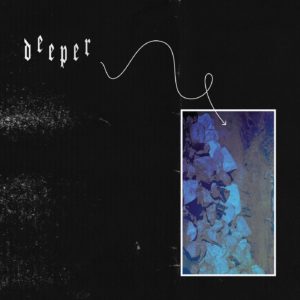
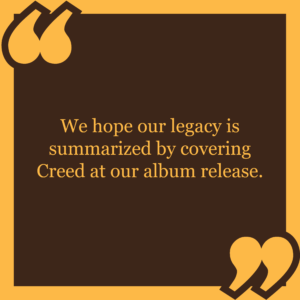
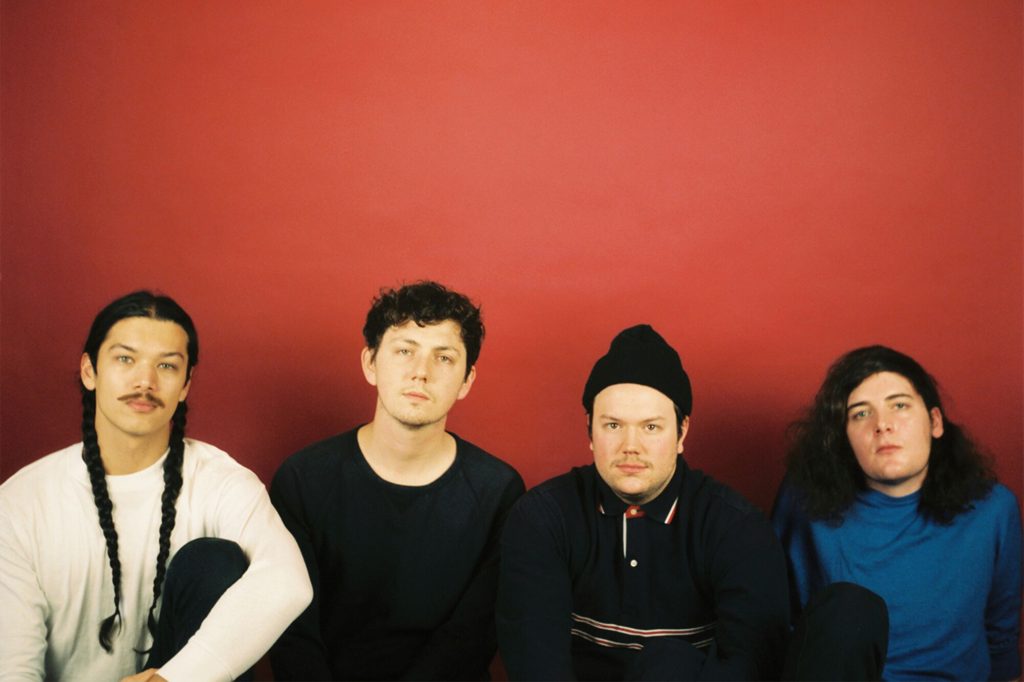

 Song Title
Song Title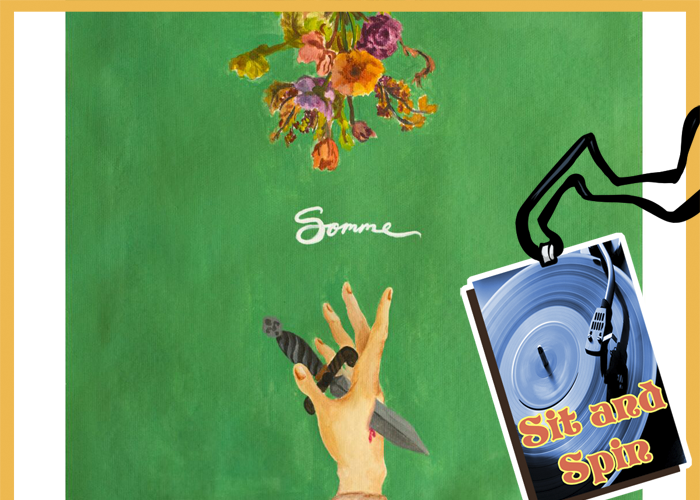
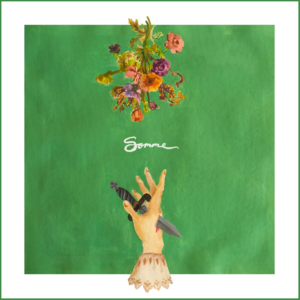 Artist: Somme
Artist: Somme

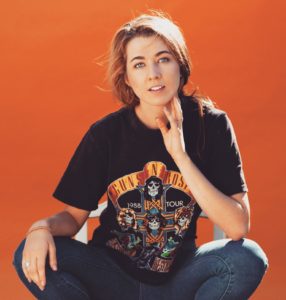 Name: Ellory Smith
Name: Ellory Smith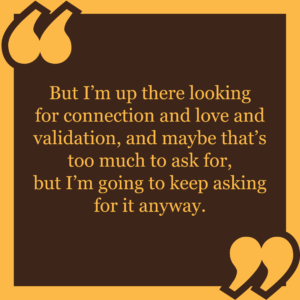
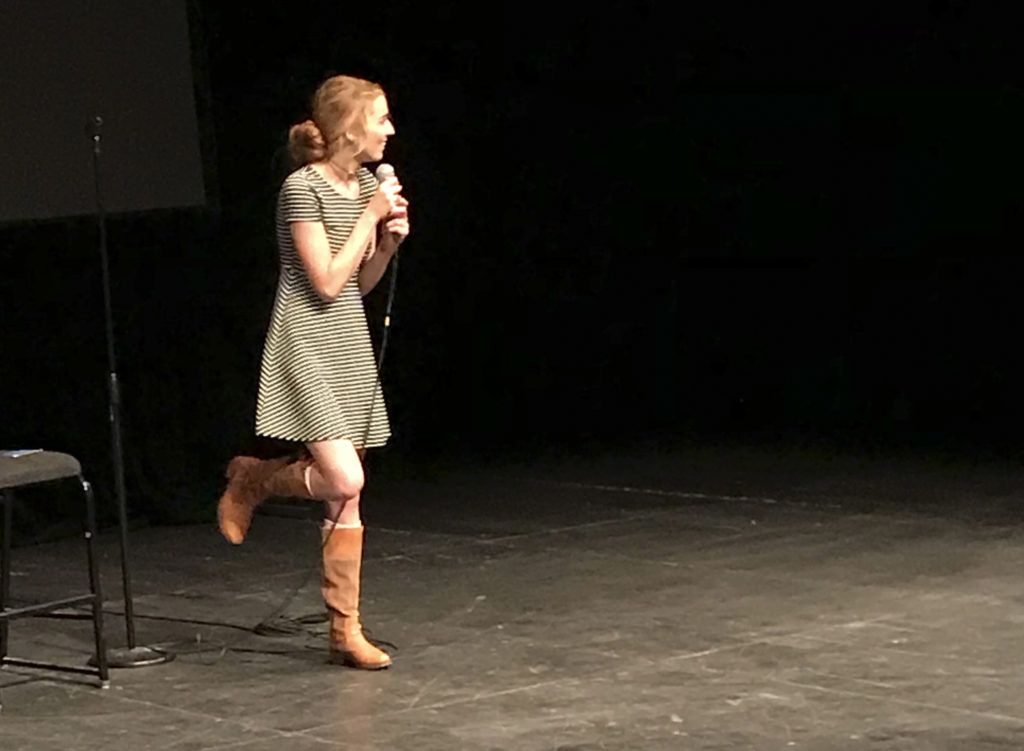
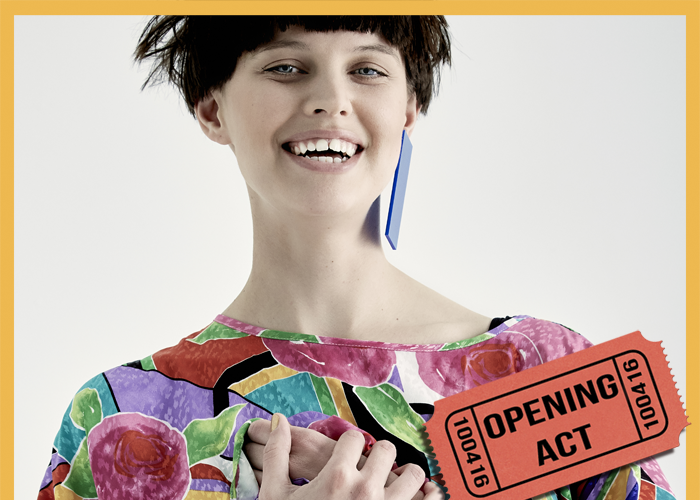
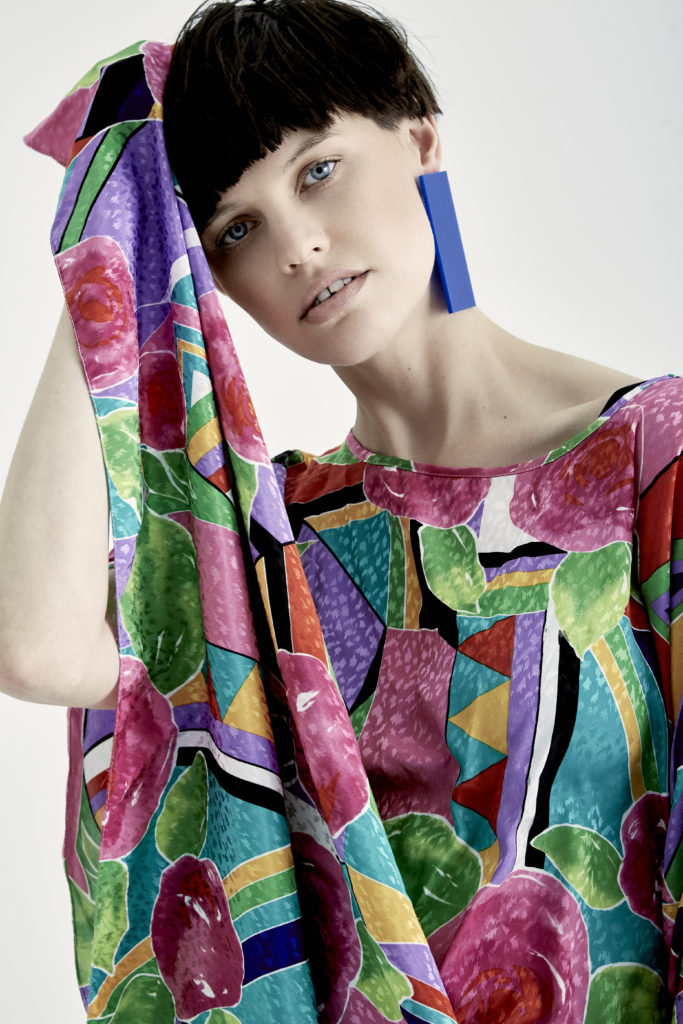
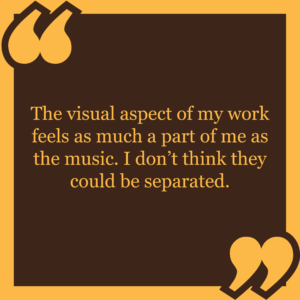 you personally hear the biggest growth?
you personally hear the biggest growth?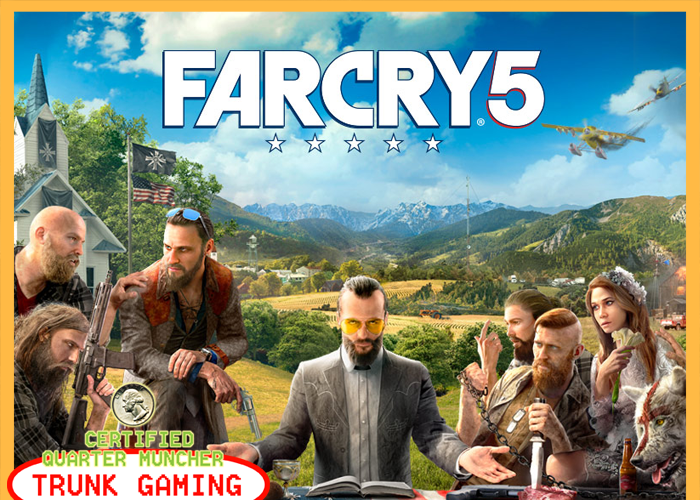
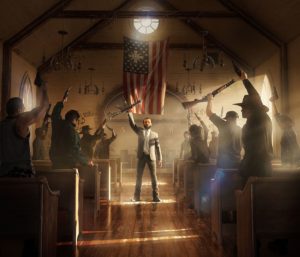 Game: Far Cry 5
Game: Far Cry 5